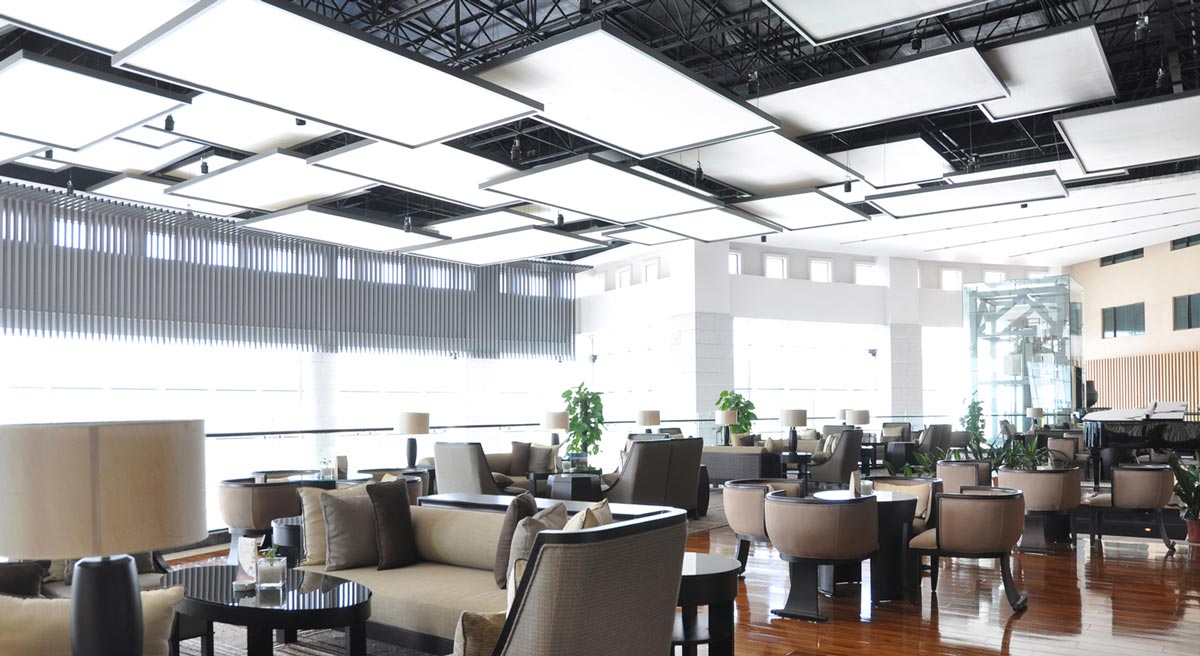The Differences Between Soundproofing and Sound Absorption
The Differences Between Soundproofing and Sound Absorption

Soundproofing and Sound Absorption are distinct from each other and solve different acoustical problems, yet are also similar in many aspects. This unfortunately means that they are often mistaken for each other, and at times the solution that people may be thinking of may not be the right one to fully fix their acoustical problem.
While we have explained about both types in the past (which you can find here and here), in this article we are going to describe what the differences are in each and how to quickly determine which of these solution types can be used to fix specific acoustical problems.
The main purpose of soundproofing products is to prevent noise transmission from one side of an object to another, by adding mass and using absorbing materials to prevent the soundwaves from passing through. Many different types of objects and structural pieces can be soundproofed, including walls, windows, ceilings, doors and floors. This can offer a number of benefits, such as protecting privacy between rooms, dealing with nuisance external noise such as outside streets and neighbors, and lowering the overall noise level of the building as a whole and improving acoustics, by reducing sound between rooms and floors, which can be incredibly useful in environments with many people in and located within different rooms and levels, such as offices, hotels, apartment blocks and schools.
Sound absorption on the other hand, while also lowering the sound level, does this by reducing the persistence of sound within a room, such as echos. This is done by using soft absorbent material to soak up any excess soundwaves, preventing them from reverberating (bouncing) around the room. These products are useful, as reverberation of sound can have a negative effect on comfort, concentration and the audibility of other sounds and conversation within an area.
It is important to remember these differences, as a solution designed for one purpose may not be the best for another. For example, if you are looking to soundproof a room to improve comfort and protect the privacy of those within, sound absorbing wall panels may not be the best answer, as while they would improve the comfort in the room, they would not necessarily prevent sound from escaping through. Likewise, while soundproofing a floor would reduce impact and airborne noise within a room, it would not necessarily have an effect on the overall reverberation levels within a room.
Remembering these key differences is the best way of finding out the source of an acoustical problem, and planning how to fix it. In any case, we have a team of experts ready to diagnose the source of any acoustical problem and provide the best solutions to mach any situation.